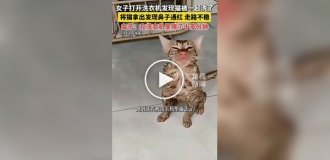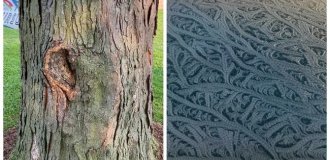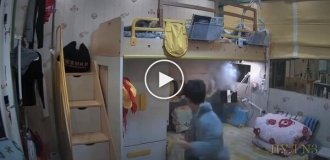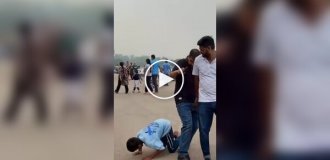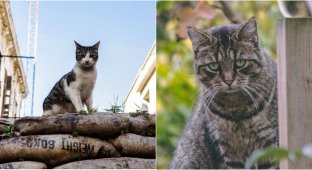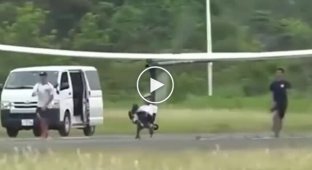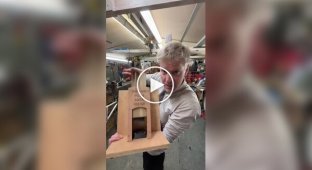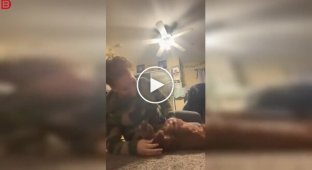How Australians declared war on birds and lost (10 photos + 2 videos)
In 1932, the Australian government declared war on the emu and lost... 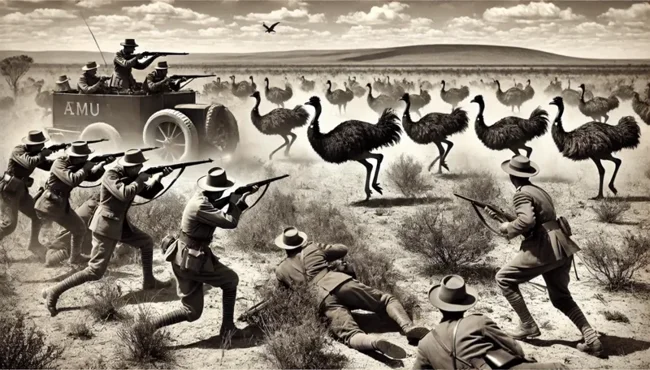
This is the coat of arms of Australia, granted to the country by King George V on September 19, 1912. The kangaroo and emu that support the shield are the unofficial emblem of the nation. Their image is an acknowledgement of the fact that they are representatives of Australian fauna, which is found only on this continent. Paradoxically, in 1932, Australians waged a real war with their national symbol - the emu. 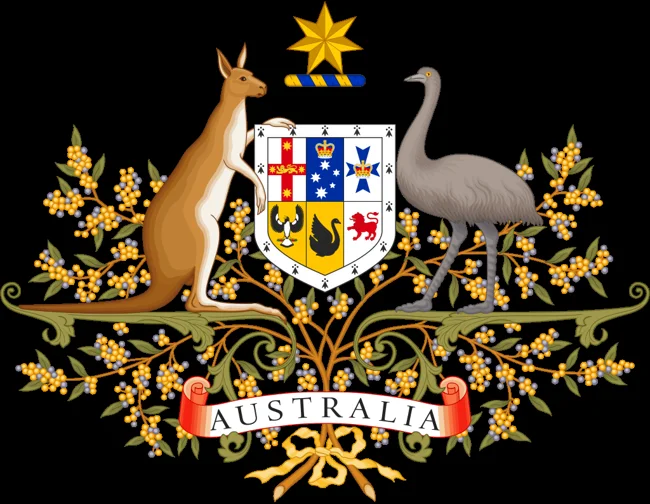
BACKGROUND
After the end of the First World War, most Australian veterans were given permission by the authorities to try their hand at farming. The seasoned front-line soldiers were given unoccupied land in the west of the country for this purpose, and wheat was designated as the main agricultural crop. To protect the land from the wild rabbits that multiplied rapidly in that region, many kilometers of fencing were erected. But another threat was not taken into account.
With the onset of the Great Depression in 1929, the Australian government offered these farmers an opportunity to increase the area under wheat cultivation, and also made a promise from the government - ultimately never fulfilled - to help them with subsidies. Despite the advice and promise of subsidies, wheat prices continued to fall and by October 1932 the issue had become acute; farmers began preparing for harvest while threatening to withhold wheat supplies.
The farmers' difficulties were further increased by the migration of around 20,000 emus into the region. Emus migrate from the coastal areas to the interior each year to breed. With cleared land and extra water supplies created to supply livestock for farmers in Western Australia, emus found the farmland to be good habitat and began raiding farmland, particularly in the outlying areas around Campion and Walgoolan. The emus ate and damaged crops, and also left large holes in fences that allowed rabbits to enter, further increasing crop losses.
The emu itself
A group of ex-servicemen who had settled in the area were sent to talk to the Minister of Defence, Sir George Pearce. The soldiers-settlers, who had served in the First World War, were well aware of the effectiveness of machine guns and asked to use this weapon in the fight against emus. The Minister readily agreed, although with a number of conditions.
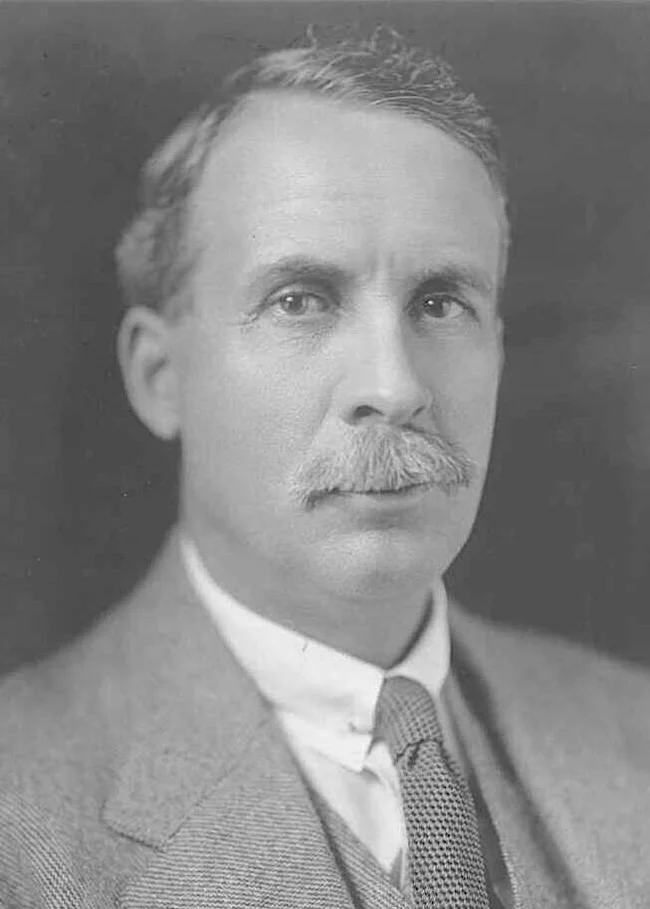
Minister of Defence Sir George Pearce
Thus, the weapons to be used by the troops and all their transport were to be financed by the Western Australian government, as were the farmers themselves, who were to provide their own food, accommodation and ammunition. Pearce also supported the use of army units on the grounds that shooting birds would be good target practice, although he also argued that some in the government.
WAR
The "hostilities" were to begin in October 1932. The "war" was led by Major Meredith of the 7th Heavy Battery, Royal Australian Artillery: Meredith commanded two soldiers armed with two Lewis guns and 10,000 rounds of ammunition.
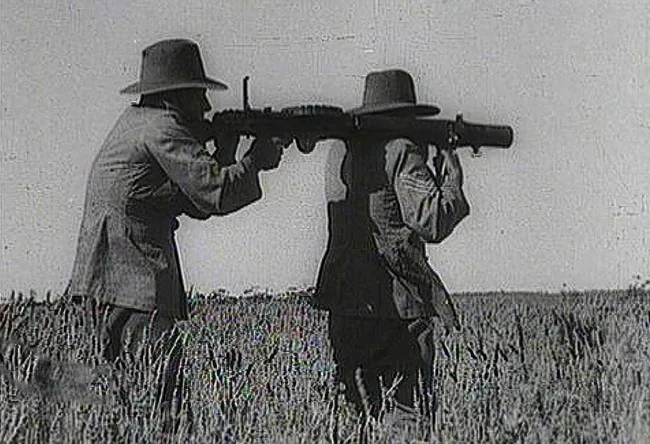
troops with Lewis gun
On 2 November 1932, the troops went to Campion, where about 50 emus were spotted. The birds were out of range of the machine guns, so locals tried to ambush the emus. However, the birds broke up into small groups and ran, making them difficult targets. The first series of shots were ineffective due to the range. Later that day, a small flock of emus was spotted and perhaps dozens of birds were killed.
the newsreel was being filmed in earnest
On November 4, 1932, Meredith set up an ambush near a local dam and over 1,000 emus were spotted heading towards his position. This time, the machine gunners waited for the birds to come close before opening fire. The machine gun, however, failed after killing only twelve birds and the rest fled before they could be killed. No other birds were spotted that day.
In the following days, Meredith decided to move further south, but had only limited success despite his efforts. At one stage, Meredith even went so far as to mount one of the machine guns on a truck, a move that proved ineffective as the truck was unable to keep up with the birds and the ride was so rough that the gunner was unable to fire a single shot.
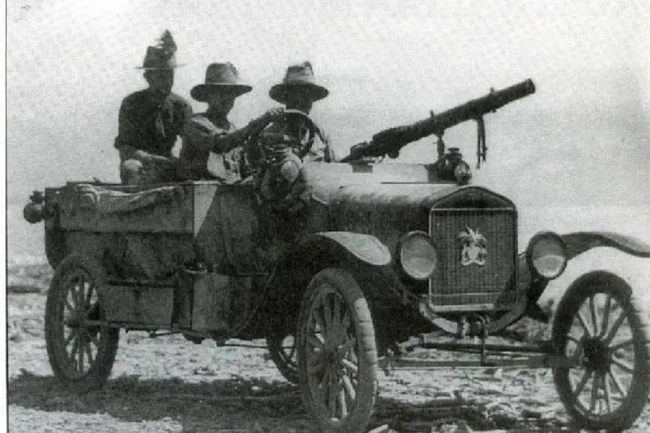
Vereshchagin was right: "No, guys, I won't give you a machine gun"
By November 8, six days after the first "battle", 2,500 rounds of ammunition had been expended. The number of birds killed is unknown: one report states only 50 birds, but other reports range from 200 to 500, the latter figure being quoted by the settlers. Meredith's official report stated, among other things, that his men had suffered no casualties. On 8 November, members of the Australian House of Representatives debated the operation. Following negative coverage in the local media, which also reported that "only a few" emus had been killed, Pearce withdrew the troops and machine guns from 8 November.
After the military left, emu attacks on wheat fields continued. Farmers again appealed for assistance, citing heat and drought that had led to thousands of emus invading their farms. James Mitchell, the Premier of Western Australia, organised strong support for the resumption of military assistance. In addition, the operation commander's report indicated that around 300 emus had been killed at the start of the operation.
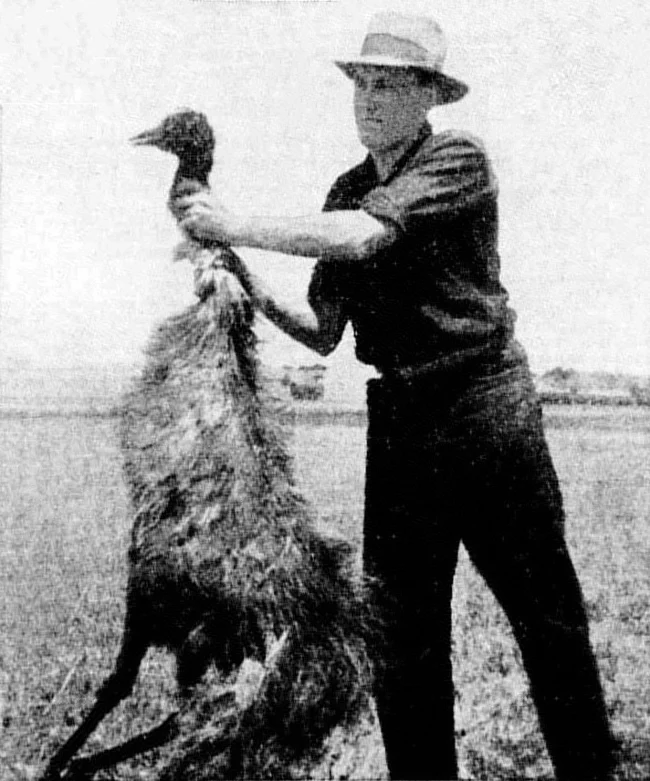
Acting on farmers' requests and the report of the operation's commander, on 12 November the Minister of Defence released an armed force to resume the emu eradication effort. He defended the decision in the Senate, explaining why soldiers were needed to combat the serious agricultural threat posed by large numbers of emus. Although the military had agreed to provide the arms to the Western Australian government in the hope that they would find the right people to use them, Meredith was sent back to the "battlefield" due to the apparent lack of experienced machine gunners in the state.
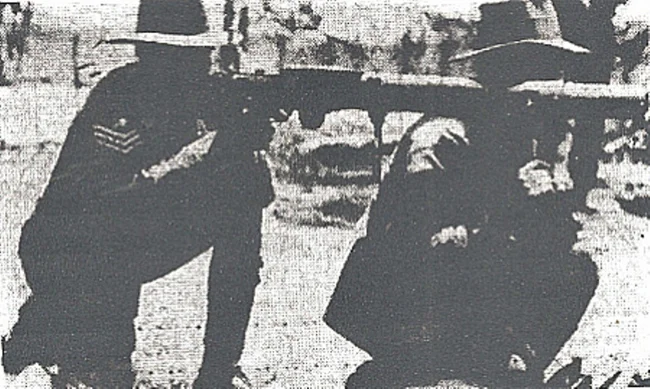
"Experienced" machine gunners
Having accepted the "battle" on November 13, 1932, the military achieved some success during the first two days, killing about 40 emus. The third day, November 15, was much less successful, but by December 2 the machine guns were killing about 100 emus a week.
The operation was stopped on December 10 by order of the Minister of Defense. During the fighting, 9,600 rounds of ammunition were expended and 986 birds were destroyed.
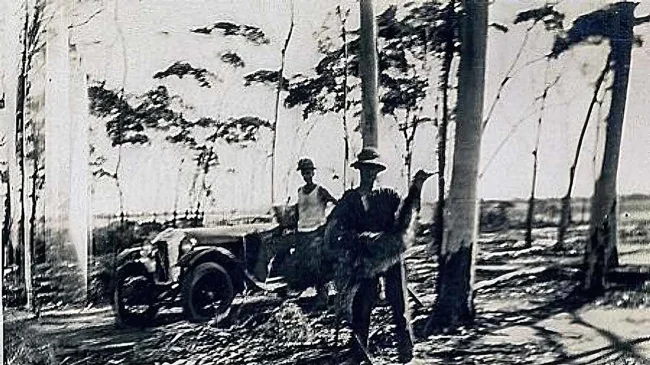
I feel sorry for the bird...
AFTERMATH
Surprisingly, not every experienced shooter managed to hit the vital organs of a tall and far from small bird. The military complained about the super-strong skins of the birds. And the thick plumage allegedly masked the real outlines of the body, so without shooting, the soldiers missed. It is also amazing that the emus continued to move quickly even with serious wounds. As Major Meredith of one of the units said, if the army had at least one division of soldiers with such bullet resistance, no one in the world would defeat it. Emus faced machine guns with the invulnerability of armored tanks. And soldiers who engaged in battle with the birds claimed that the only way to kill an emu was with a precise hit to the back of the head.
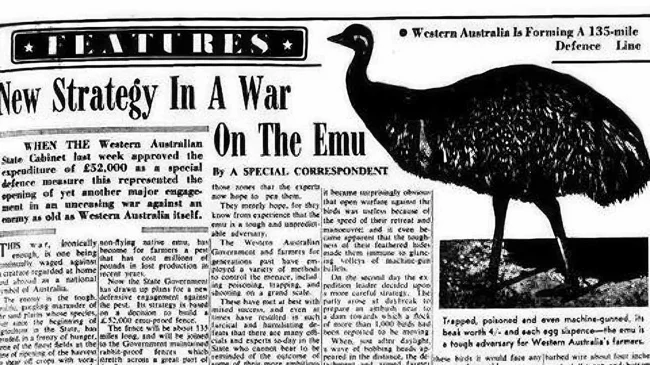
newspaper of the time
The media openly laughed at the "Great Emu War", and the people became increasingly outraged by the birds running away from bullets. British conservationists began to protest against the destruction of emus. And leading ornithologists described the military operation as an attempt to mass-exterminate a rare bird species. A New South Wales MP ironically asked the government whether a medal should be minted for the participants of that war. His colleague replied that the awards rightfully belonged to the emus, who had won all the battles. Politicians were worried about who should pay for the wasted bullets, while the birds continued to attack crops.
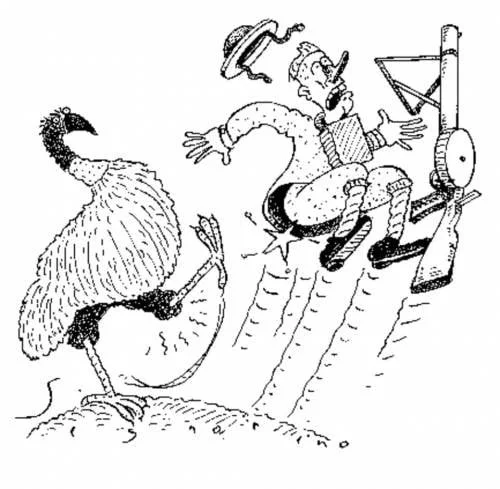
a cartoon from the time
The region's farmers again asked for military aid in 1934, 1943 and 1948, but their requests were rejected by the government.
